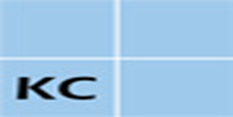The Role of Technology in Enhancing Domiciliary Care: A Review of Strategies for Reducing Healthcare Costs and Improving Safety for Aged Adults and Carers
Keywords:
Domiciliary care, Technology-enabled care, Telehealth, Remote patient monitoring, Elderly careAbstract
Chronic diseases are on the rise worldwide, and populations are ageing at an unprecedented rate, putting increasing pressure on healthcare systems. Domiciliary care (care at home) has become an essential alternative to traditional healthcare settings, allowing individuals to access the care they need without having to leave their homes. This paper reviews the literature on how technology can support domiciliary care, particularly for older adults. The aim is to identify and assess technologies that can improve patient safety, reduce caregiver burden, and lower healthcare costs. The paper discusses a range of technologies, including telehealth platforms, remote monitoring devices, assistive technologies, and smart home systems. These technologies can support a variety of functions, including remote consultations, medication reminders, fall detection, and real-time communication between patients, carers, and healthcare professionals. The paper argues that the strategic implementation of these technologies in domiciliary care can help to reduce hospital readmissions, shorten inpatient stays, and prevent avoidable health crises. The paper uses a literature review and case studies to highlight the economic and social benefits of technology-enabled home care. It also considers the ethical, data privacy, and accessibility challenges associated with widespread adoption, advocating for the design of user-friendly and accessible technology solutions.
























